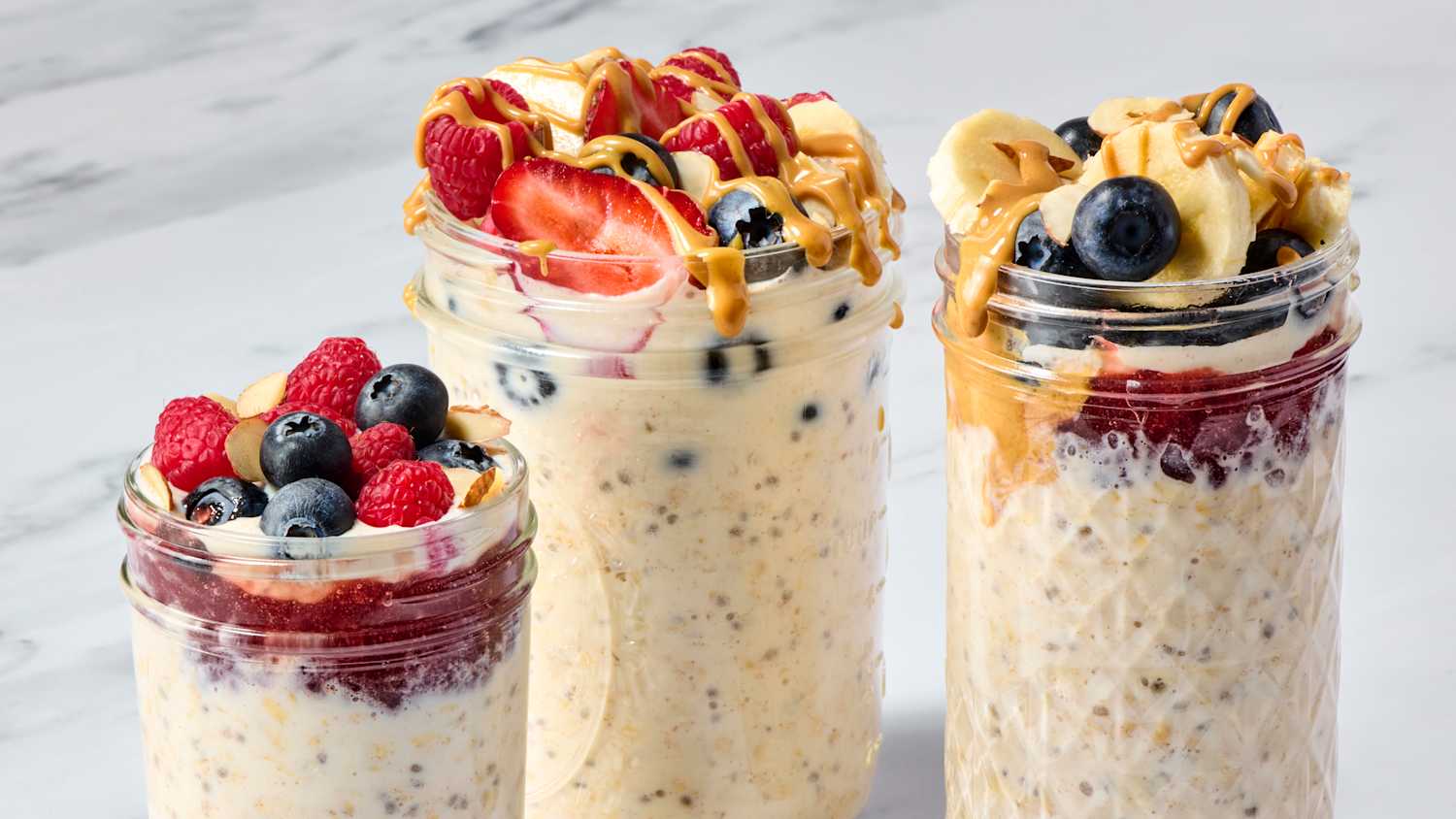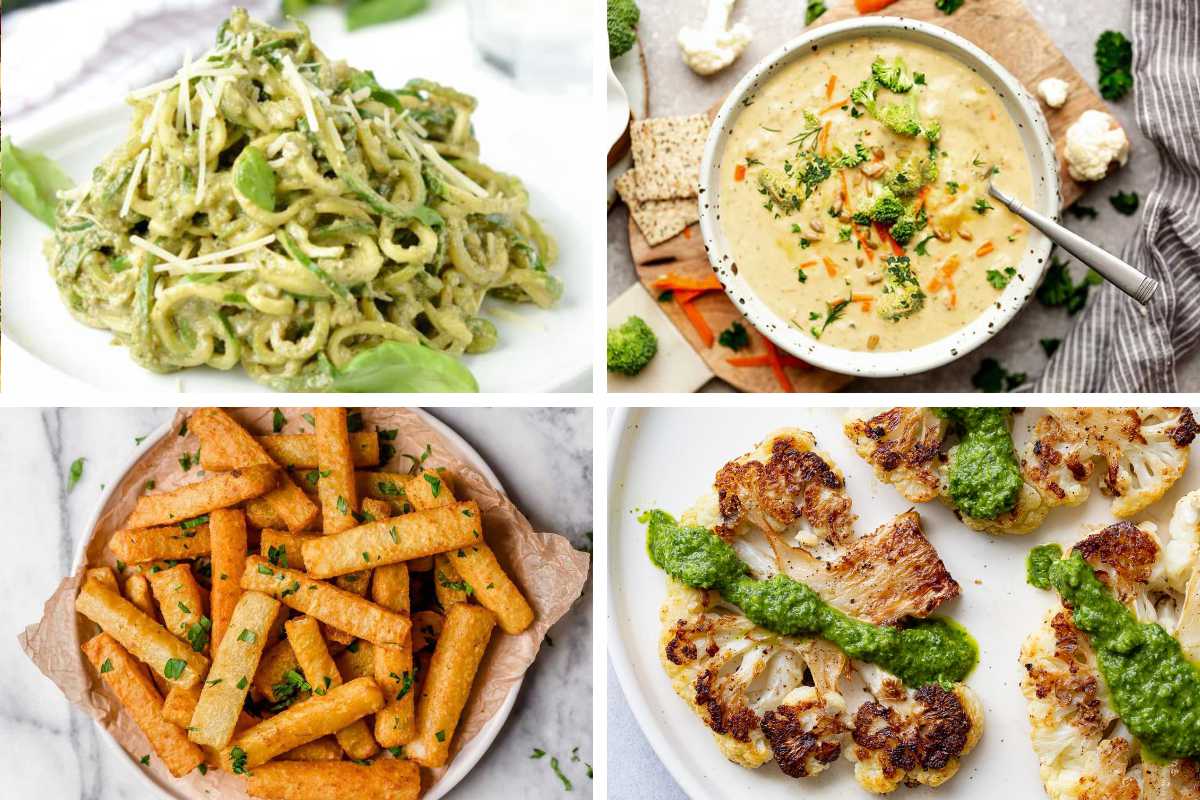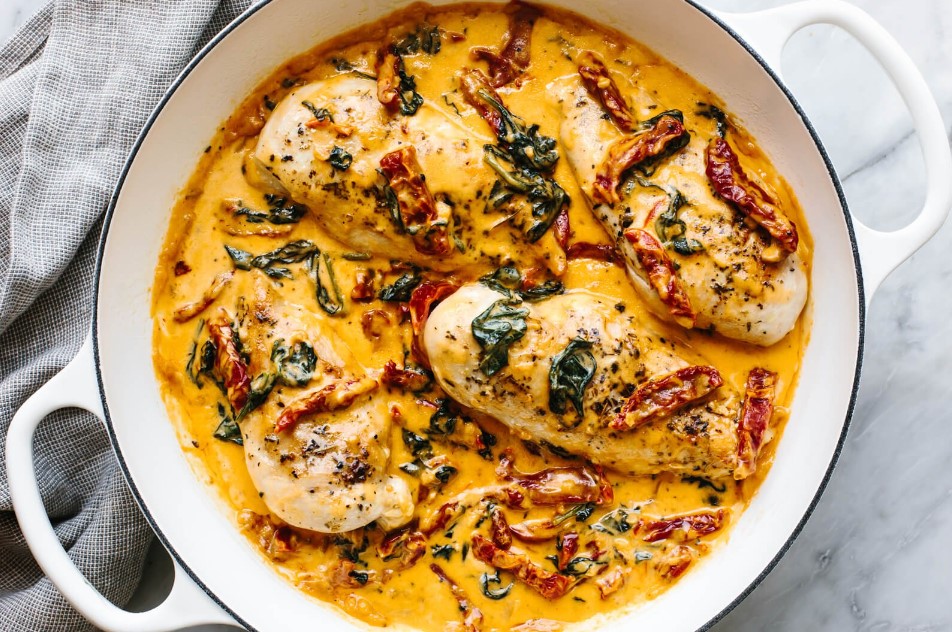Diabetes Eating Guide: Best Foods and What to Avoid in 2025

Managing diabetes starts at the kitchen table, where the right food choices can transform blood sugar control and overall health. The keyword "diabetes eating food" captures the heart of this strategy, addressing questions like "Which food is good for diabetes?" and "What foods can diabetics not eat?" In 2025, with over 38 million Americans living with diabetes (90–95% type 2), dietary choices are more critical than ever. From low-glycemic vegetables to whole grains, the right foods stabilize blood sugar, while high-sugar or processed items can derail progress. This article, grounded in ADA, CDC, and nutritionist insights, explores the best foods for diabetes, what to avoid, portion control tips, and practical meal planning for 2025. Whether you’re newly diagnosed or refining your approach, this guide empowers you to eat smarter and thrive.
Why Diet Matters for Diabetes Management
Diabetes, particularly type 2, involves impaired insulin function, leading to elevated blood sugar levels. Diet directly impacts glucose control, weight management, and complications like heart disease (affecting 65% of diabetics). A 2025 ADA study shows that balanced eating reduces A1C by 1–2%, cutting complication risks by 25%. The right foods—low in glycemic index (GI), high in fiber—help maintain stable glucose, while avoiding high-sugar or processed foods prevents spikes. With telehealth dietitians and apps like MyNetDiary, 2025 offers tools to personalize diabetes eating plans, making adherence easier.

Which Food Is Good for Diabetes?
Choosing low-GI, nutrient-dense foods is key to stabilizing blood sugar. Here’s a breakdown of diabetes-friendly options:
Non-Starchy Vegetables
Non-starchy vegetables (GI < 55) are low in carbs and high in fiber, vitamins, and antioxidants. They slow glucose absorption, reducing spikes. Top choices:
-
Leafy Greens: Spinach, kale, collards (1 cup = 5g carbs, 4g fiber).
-
Broccoli: Rich in chromium, aiding insulin sensitivity (1 cup = 6g carbs).
-
Zucchini: Versatile for noodles or grilling (1 cup = 4g carbs).
-
Bell Peppers: High in vitamin C, supporting immunity (1 cup = 9g carbs).
Aim for 3–5 servings daily (1 serving = 1 cup raw or ½ cup cooked). A 2025 study links 5 servings to 20% lower A1C.

Whole Grains
Whole grains, with fiber and nutrients, have a moderate GI (45–55), supporting steady glucose levels:
-
Quinoa: Protein-packed, gluten-free (½ cup cooked = 20g carbs, 3g fiber).
-
Brown Rice: Slower-digesting than white rice (½ cup = 22g carbs, 2g fiber).
-
Oats: Beta-glucans lower cholesterol (½ cup cooked = 14g carbs, 2g fiber).
Limit to 1–2 servings per meal; pair with protein to balance.
Lean Proteins
Protein stabilizes blood sugar by slowing carb absorption:
-
Chicken Breast: Skinless, baked (3 oz = 0g carbs, 26g protein).
-
Salmon: Omega-3s reduce inflammation (3 oz = 0g carbs, 22g protein).
-
Tofu: Plant-based, versatile (½ cup = 3g carbs, 10g protein).
-
Eggs: Nutrient-dense (1 egg = <1g carbs, 6g protein).
Aim for 4–6 oz per meal. A 2025 ADA report shows protein-rich diets improve insulin response by 15%.
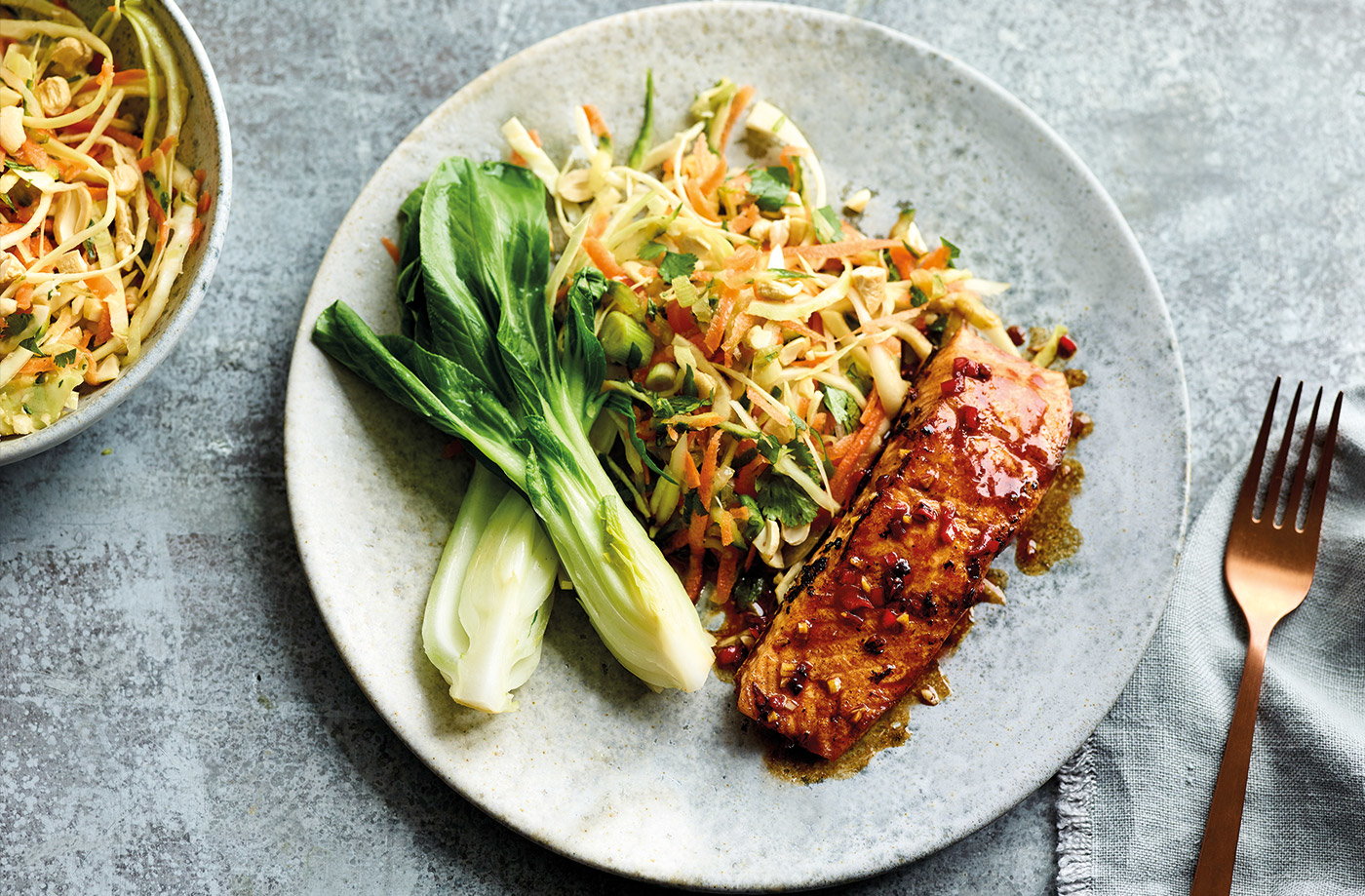
Healthy Fats
Monounsaturated and polyunsaturated fats improve heart health and satiety:
-
Avocado: Fiber-rich, low-carb (½ avocado = 6g carbs, 5g fiber).
-
Nuts: Almonds, walnuts (1 oz = 4–6g carbs, 2g fiber).
-
Olive Oil: Heart-healthy for cooking (1 tbsp = 0g carbs, 14g fat).
Limit to 1–2 servings per meal to manage calories.

Low-GI Fruits
Fruits with GI < 55 are safe in moderation:
-
Berries: Blueberries, strawberries (½ cup = 7–10g carbs, 2g fiber).
-
Apples: Fiber-packed (1 small = 15g carbs, 3g fiber).
-
Cherries: Antioxidant-rich (12 cherries = 12g carbs, 2g fiber).
Stick to 1–2 servings daily, paired with protein or fat (e.g., yogurt).

Legumes
High in fiber and protein, legumes stabilize glucose:
-
Lentils: Low GI (½ cup cooked = 20g carbs, 8g fiber).
-
Chickpeas: Versatile for hummus or salads (½ cup = 18g carbs, 6g fiber).
-
Black Beans: Heart-healthy (½ cup = 20g carbs, 8g fiber).
Limit to ½–1 cup per meal.
What Foods Can Diabetics Not Eat?
Some foods spike blood sugar or harm long-term health. Here’s what to avoid or limit:
High-GI Carbohydrates
Refined carbs (GI > 70) cause rapid glucose spikes:
-
White Bread: High GI (1 slice = 14g carbs, <1g fiber).
-
White Rice: Spikes blood sugar (½ cup = 22g carbs, <1g fiber).
-
Sugary Cereals: High in added sugars (1 cup = 20–30g carbs).
Replace with whole grains; avoid entirely if A1C is uncontrolled.
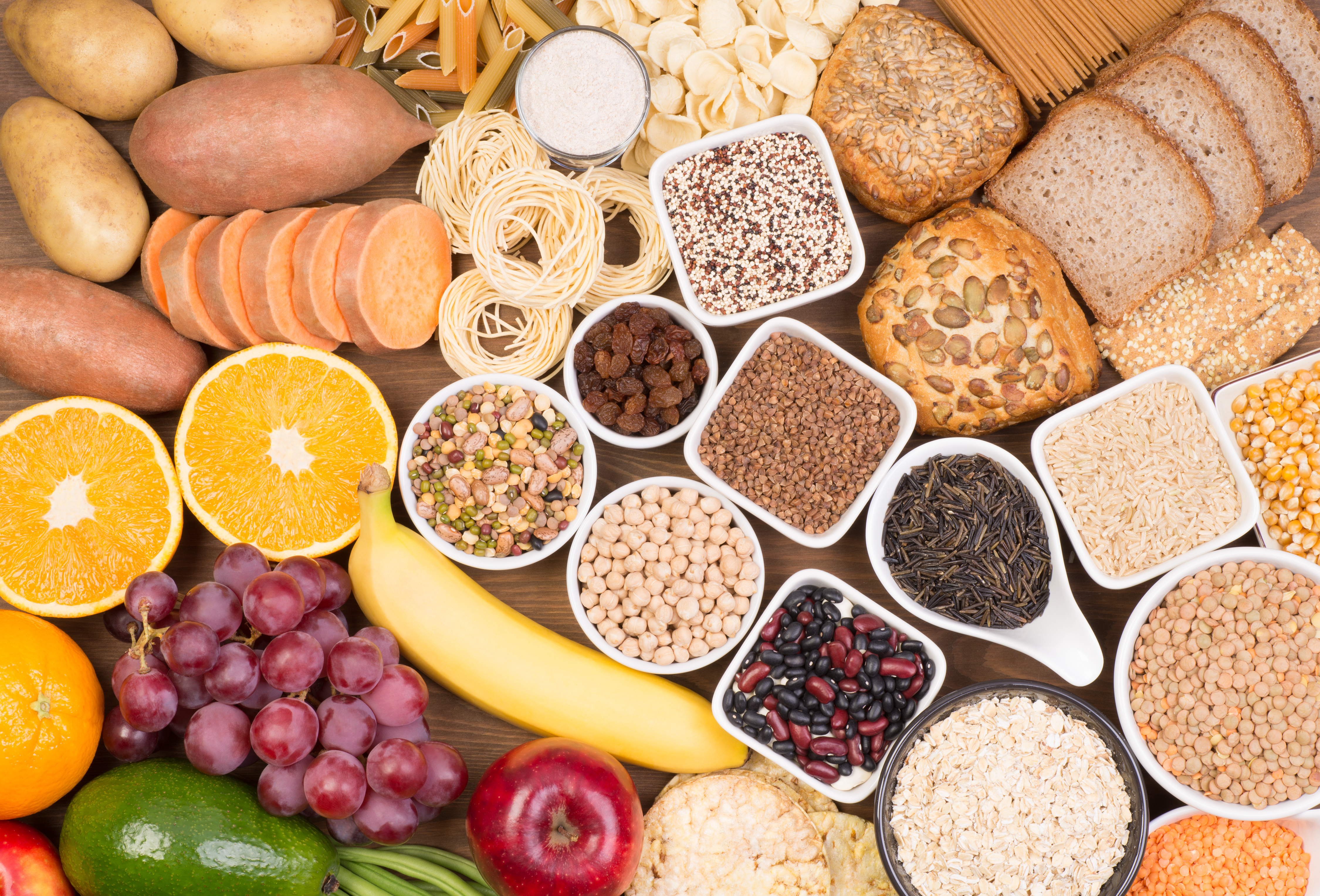
Sugary Beverages
Drinks like soda and juice spike glucose instantly:
-
Soda: 12 oz = 39g carbs, 0g fiber.
-
Fruit Juice: 8 oz = 30g carbs, 0g fiber.
-
Energy Drinks: Often 25–40g carbs per serving.
Choose water, unsweetened tea, or infused water (0g carbs).

Processed Foods
Trans fats and high sodium increase heart disease risk:
-
Fried Foods: Fries, chips (1 oz chips = 15g carbs, high fat).
-
Packaged Snacks: Cookies, crackers (1 cookie = 10–15g carbs).
-
Fast Food: High in saturated fats, sodium (e.g., burger = 30g carbs).
Opt for homemade versions with healthier oils.
High-Sugar Desserts
Sweets cause rapid glucose spikes:
-
Cake/Candy: 1 slice cake = 30–50g carbs, minimal fiber.
-
Ice Cream: ½ cup = 20g carbs, high fat.
Use sugar-free alternatives or small portions of fruit-based desserts.
Alcohol in Excess
Alcohol disrupts glucose control:
-
Beer: 12 oz = 13g carbs.
-
Sweet Cocktails: 1 drink = 20–30g carbs.
Limit to 1 drink daily for women, 2 for men; pair with food.
:max_bytes(150000):strip_icc()/Wine-drinker-56a2602a3df78cf77274d577.jpg)
Portion Control and Meal Planning Tips
Portion control is critical for diabetes eating food:
-
Plate Method: Fill ½ plate with non-starchy veggies, ¼ with lean protein, ¼ with whole grains or starchy veggies (e.g., sweet potato, ½ cup = 15g carbs).
-
Carb Counting: Limit to 30–60g carbs per meal, per ADA guidelines.
-
Timing: Eat every 3–4 hours to stabilize glucose; include breakfast within 2 hours of waking.
-
Food Journaling: Apps like Glucose Buddy track carbs, improving A1C by 1% in 2025 studies.
Meal prep saves time: Batch-cook quinoa salads or veggie stir-fries. A sample day:
-
Breakfast: Greek yogurt (½ cup, 7g carbs), berries (½ cup, 7g carbs), chia seeds (1 tbsp, 6g fiber).
-
Lunch: Grilled chicken (4 oz), spinach salad (2 cups, 10g carbs), olive oil dressing.
-
Dinner: Salmon (4 oz), roasted broccoli (1 cup, 6g carbs), quinoa (½ cup, 20g carbs).
-
Snack: Almonds (1 oz, 6g carbs).
2025 Tools and Trends for Diabetes Eating
Technology enhances diabetes management:
-
Telehealth Dietitians: Virtual consultations via Amwell personalize plans, with 30% better adherence.
-
Apps: MyNetDiary and Carb Manager track carbs and GI, used by 2 million diabetics.
-
Smart CGMs: Devices like Dexcom G7 sync with apps, alerting to glucose spikes from foods.
Plant-based diets gain traction, with 2025 studies showing 15% lower A1C in vegan diabetics. Low-carb plans (20–50g daily) suit some, but consult dietitians to avoid nutrient gaps.

Challenges and Solutions
Challenges include food access (20% of low-income diabetics lack healthy options) and dietary confusion (30% misjudge carbs). Solutions: WIC/SNAP programs for groceries, ADA’s Diabetes Food Hub for recipes, and community clinics offering free nutrition classes.
The Impact of Smart Eating
A 2025 CDC study shows diabetes-friendly diets cut hospitalization rates by 20% and save $2,000 annually per patient. Patients like Maria, who switched to whole grains and veggies, lowered her A1C from 7.5% to 6.2% in 6 months.
Conclusion: Take Charge of Your Diabetes Diet
Diabetes eating food is about choosing nutrient-rich, low-GI options like vegetables, whole grains, and lean proteins while avoiding sugary or processed items. In 2025, tools like apps and telehealth make it easier to eat right. Start with small changes, consult a dietitian, and explore resources online. Your health journey begins with your next meal—make it count.

